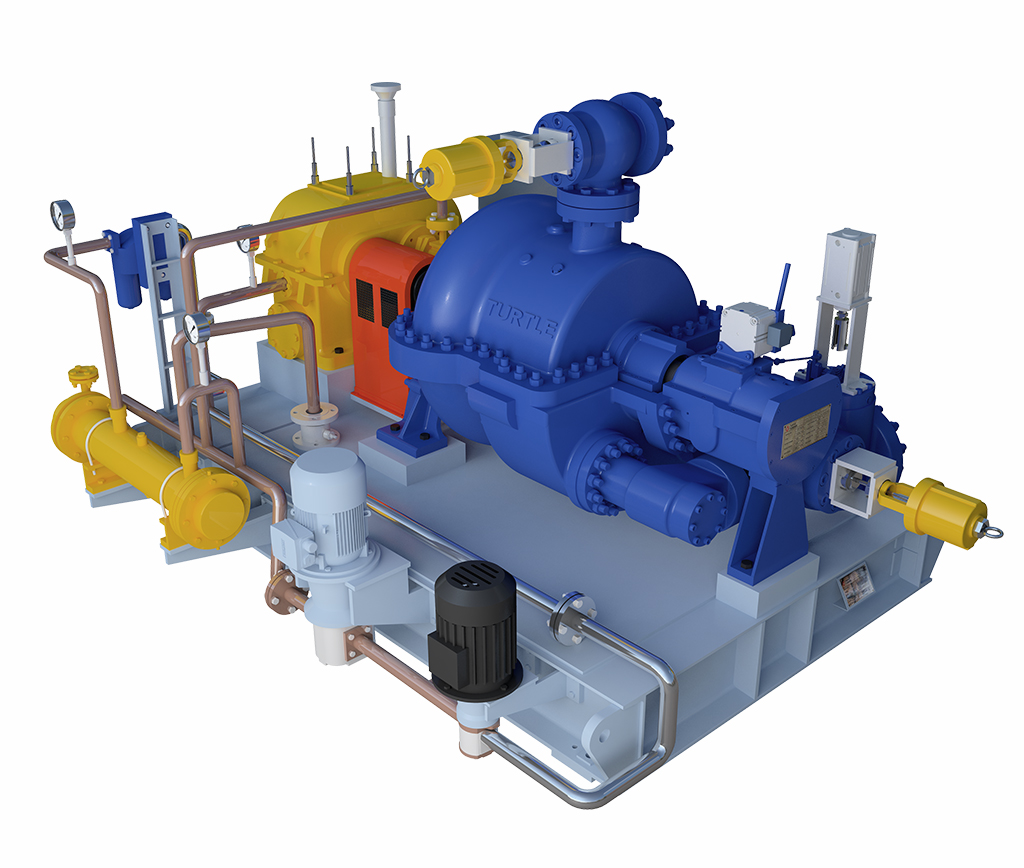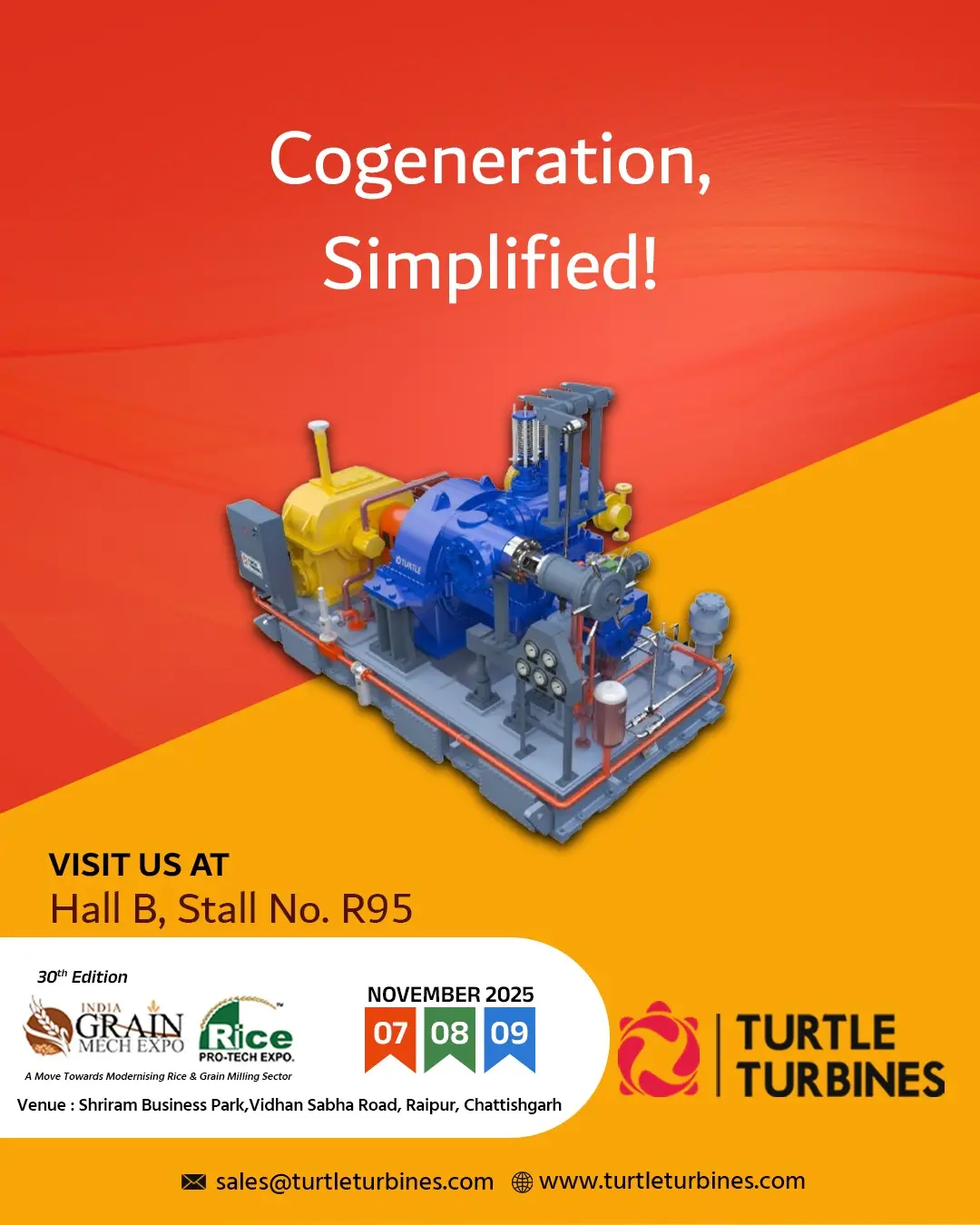Heat rate is defined as the total amount of energy required to produce one-kilowatt hour (kWh) of electricity by electric generators or power plants that convert fuel into heat and into electricity. The heat rate is equal to the (input energy) / (output energy). Steam Turbine heat rate is the ratio of total heat rate energy utilized in the steam turbine divided by electricity generation through the steam turbine. Heat rate is one measure of the efficiency of electrical. Turbine heat rate tells the cyclic efficiency of the steam turbine as well as the thermal efficiency of the power plant.
If the heat rate is less then the cyclic efficiency of the Rankine cycle is more and thermal efficiency is also higher in the thermal power plant. Different data is measured in thermal power plants like flow, pressure, and temperature of main steam, cold reheat steam, hot reheat steam, and feed water to calculate turbine heat rate. Cold reheat steam flow needs to be calculated from the heat balance diagram.
It is the input rate required for generating unit power. The heat rate can also be described as the ratio of thermal inputs to electrical Output. The lower the heat rate higher the efficiency of a steam turbine. In a thermal generating system, incoming and outgoing energy typically exist in the same value or unit. The formula of heat rate is Rh = Ws x c x ∆T.
Heat rate is also important for boiler performance because net heat rate permits a better comparison of units using steam-driven components to those using electrical motors, as the steam used to drive large components is typically less expensive than electricity. But it robs the steam turbine of some capacity.
A heat rate is the inverse of efficiency. A lower heat rate is better. Heat rate is used to define the efficiency of a steam turbine.




